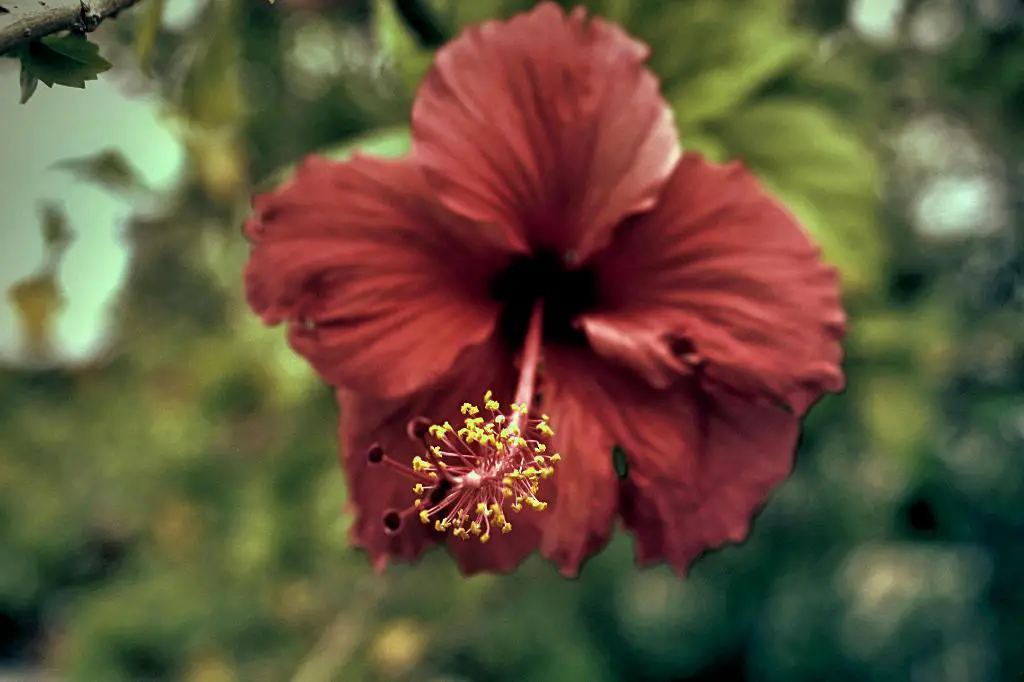When it comes to promoting flowering in hibiscus plants, there are several key factors to consider in order to ensure your plants bloom beautifully and abundantly.
1. Sunlight
One of the most important factors in promoting flowering in hibiscus is ensuring that the plant receives an adequate amount of sunlight. Hibiscus plants thrive in full sun, so it is essential to provide them with at least six to eight hours of direct sunlight each day.
2. Soil Moisture
Another critical factor in encouraging hibiscus to bloom is maintaining consistent soil moisture. It is essential to keep the soil moist at all times, but be cautious not to overwater the plant, as this can lead to root rot and other issues.
3. Pruning
Proper pruning practices can also play a significant role in promoting flowering in hibiscus plants. While hibiscus blooms on new growth, it is essential to avoid pruning the plant too late in the summer or pruning it too severely, as this can delay blooming.
4. Fertilization
Regular fertilization is key to promoting flowering in hibiscus plants. Use a balanced fertilizer with a higher potassium content to encourage blooming. Apply the fertilizer according to the manufacturer’s instructions, typically in the spring and summer months.
5. Watering
Proper watering is crucial for hibiscus plants to bloom. Water the plants deeply and thoroughly, allowing excess water to drain away. Avoid watering the plants from overhead, as this can lead to fungal diseases.
6. Temperature
Temperature plays a significant role in the flowering of hibiscus plants. These plants prefer warm temperatures and do not tolerate cold well. Ensure that the plants are kept in a warm and sheltered location to encourage blooming.
7. Pest Control
Proper pest control is essential for promoting flowering in hibiscus plants. Keep an eye out for common pests such as aphids, whiteflies, and spider mites, and take appropriate measures to control them to prevent damage to the plant.
8. Mulching
Applying a layer of organic mulch around the base of the hibiscus plant can help retain soil moisture, regulate temperature, and suppress weeds. This can create an optimal growing environment for the plant and promote flowering.
9. Air Circulation
Good air circulation around the hibiscus plant is important for preventing fungal diseases and promoting flowering. Ensure that the plant is not overcrowded by other plants and that there is adequate airflow around it.
10. pH Level
Maintaining the correct pH level of the soil is crucial for hibiscus plants to thrive and bloom. These plants prefer slightly acidic soil with a pH range of 6.0 to 6.5. Test the soil regularly and amend it as needed to ensure optimal conditions for flowering.
11. Disease Management
Preventing and managing diseases is essential for promoting flowering in hibiscus plants. Keep an eye out for common diseases such as powdery mildew, leaf spot, and rust, and take prompt action to prevent their spread.

12. Consistent Care
Consistent care and attention to detail are key to promoting flowering in hibiscus plants. Monitor the plants regularly for any signs of stress, pests, or diseases, and take proactive measures to address any issues that may arise.
